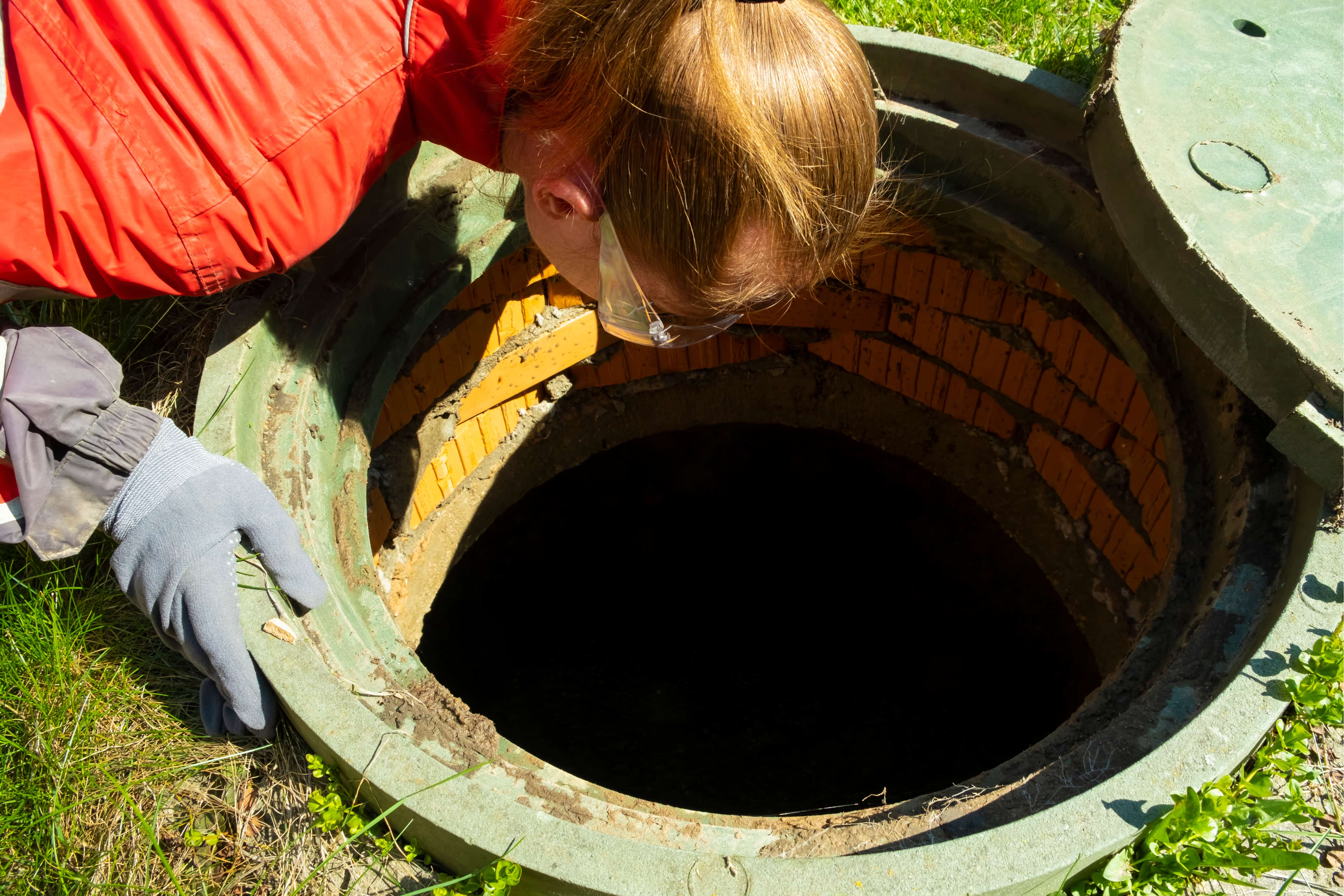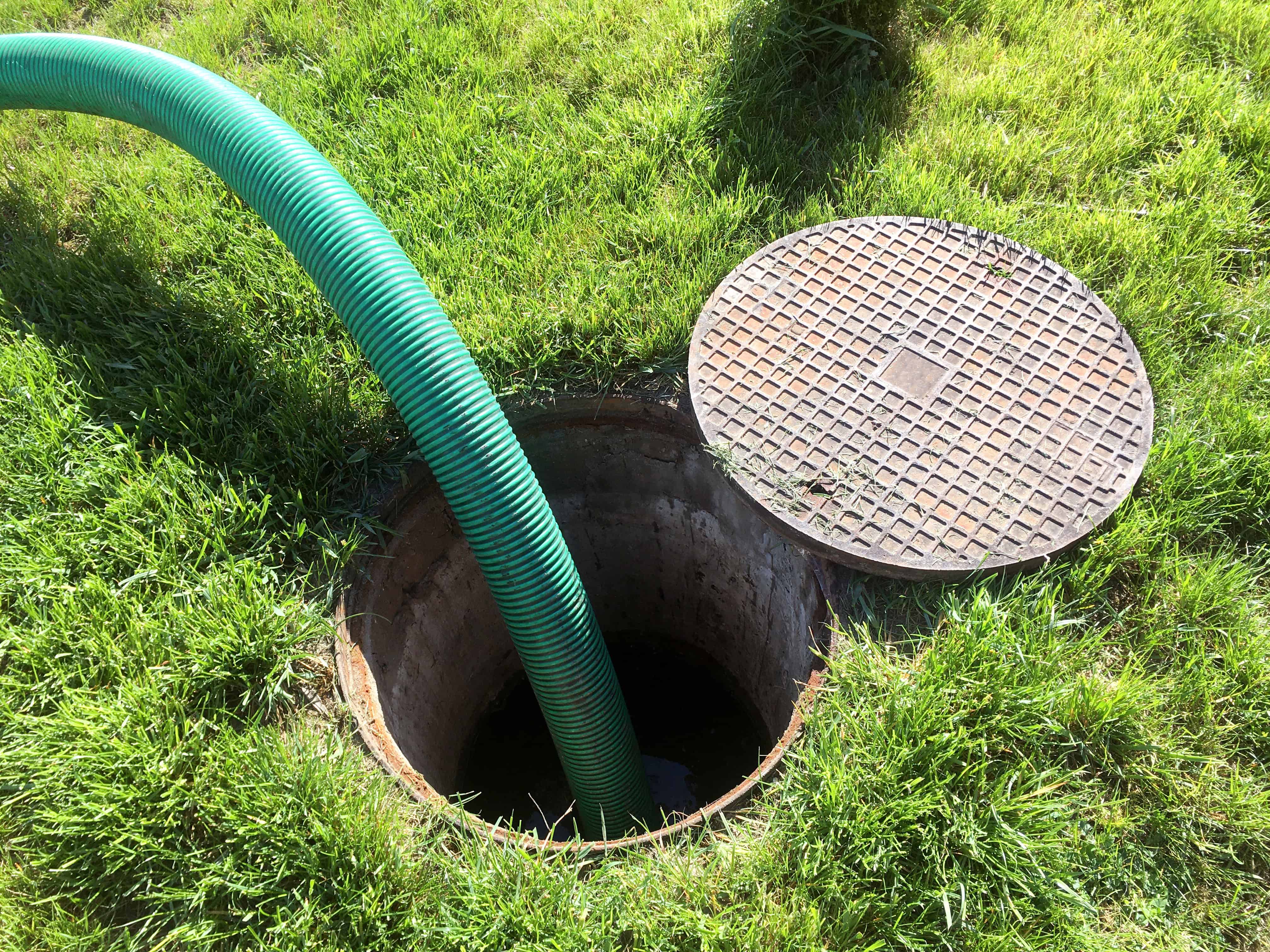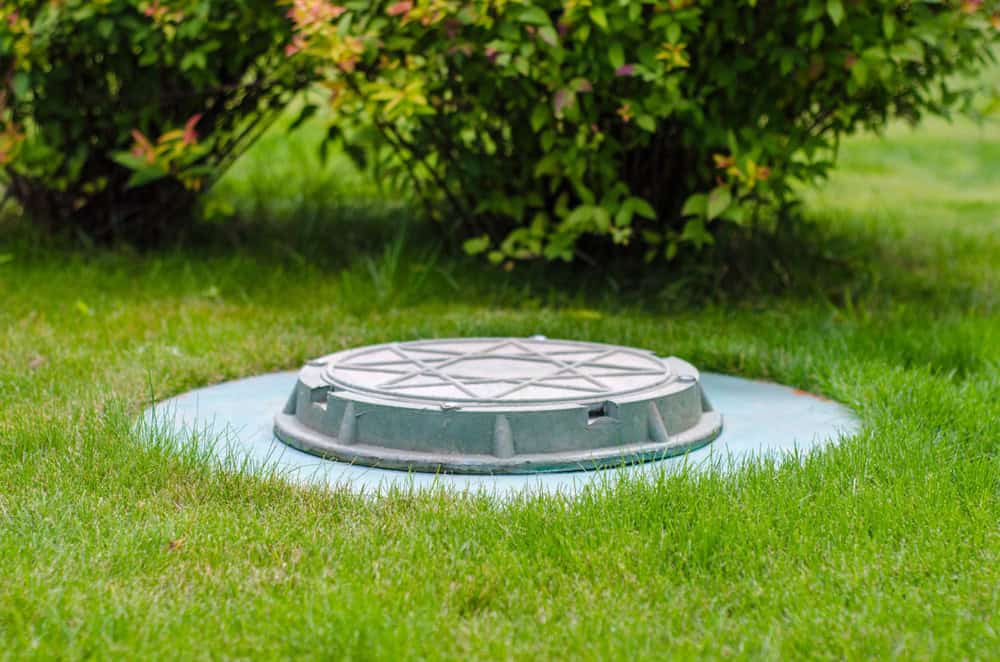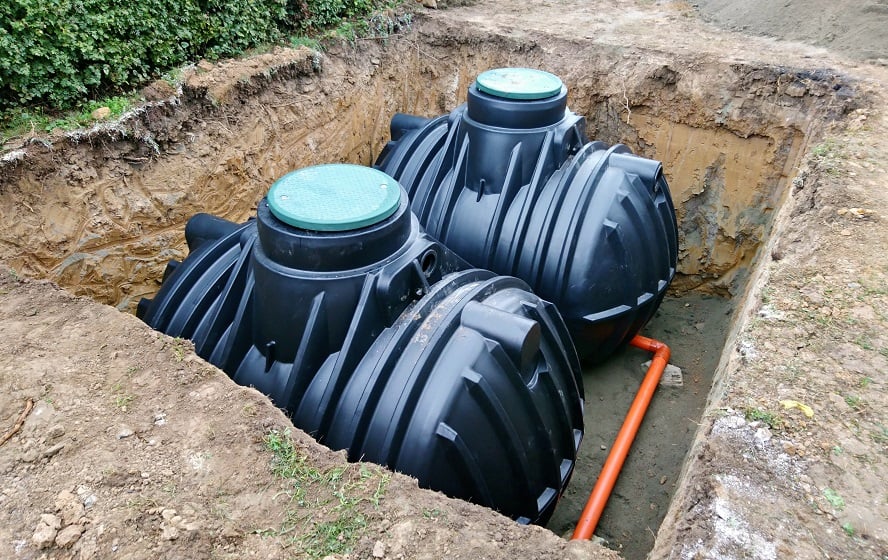Summary:
Early Warning Signs Your Cesspool Needs Attention
The most common signs of cesspool issues include slow drainage in sinks, bathtubs, and toilets, foul odors around the property, and pooling water in the yard, especially near the cesspool area. These symptoms rarely appear all at once – instead, you’ll typically notice one issue that gradually worsens over time.
Think of these warning signs as your cesspool’s way of asking for help. Regular maintenance is vital to prevent such occurrences, and identifying symptoms early can save significant hassle and expense. The key is recognizing these patterns before they become expensive emergencies that disrupt your daily life.
Slow Drains And Gurgling Sounds Signal Blockages
When you notice water taking longer to drain from multiple fixtures in your home, your cesspool is likely reaching capacity or developing blockages. Slow draining sinks, toilets, and showers indicate developing cesspool clogs that restrict normal flow. This isn’t just an inconvenience – it’s your system warning you about bigger problems ahead.
Gurgling sounds from drains signal blockages that need immediate attention. These sounds occur when air bubbles struggle to escape through restricted passages in your cesspool system. You might hear these sounds after flushing toilets or draining sinks, especially during heavy usage periods.
Accumulated solids from years of use create the most common cesspool clogs, as normal household waste produces sludge layers that eventually block distribution holes and prevent proper drainage. Here’s what typically happens: your family’s daily waste gradually builds up over months and years, creating layers of sludge that narrow the pathways where water should flow freely.
The progression usually follows this predictable pattern. First, you notice slower drainage in one or two fixtures. Then occasional gurgling sounds start, particularly after heavy water use. Next come persistent odors that won’t go away with typical cleaning. By the time you see standing water or experience backups, you’re dealing with an emergency that could have been prevented with earlier intervention.
Don’t dismiss these early signs as minor plumbing issues. When blockages reach critical levels, waste water has nowhere to go except back into your home. That’s a situation no homeowner wants to face, especially when it’s completely avoidable with proper attention to warning signs.
Foul Odors And Wet Spots Around Your Property
If you’re experiencing the smell of methane gas (like raw eggs or sewage) coming from your drains or ventilation system, this might be a sign of blocked drainage. These aren’t just unpleasant odors you can ignore – they signal that your cesspool is struggling to process waste effectively and needs immediate professional attention.
Sewage odors around your property and wet spots near the cesspool location signal blockages that need immediate attention. Soggy areas in your yard, particularly during dry weather, indicate that your cesspool is overflowing into the surrounding soil. This creates both environmental and health hazards for your family and neighbors.
Over time, grease, oil and non bio-degradable waste solids build up on the walls of your cesspool, preventing water from filtering through at the normal rate, resulting in your cesspool filling up with water that then must be pumped out to prevent spillage. Think of it like a coffee filter that’s become clogged – eventually, nothing can get through, and everything backs up.
These warning signs escalate quickly once they appear. What starts as occasional odors can rapidly progress to constant smells and visible wet areas around your property. Property owners often dismiss mild odors as temporary issues, but cesspool maintenance experts know these indicate serious problems with your system’s ability to process waste.
The environmental and health risks make immediate action essential when you notice these symptoms. Standing water in your yard or basement backups require emergency professional intervention to prevent health hazards. The longer you wait, the more extensive and expensive the necessary repairs become, not to mention the potential impact on your family’s health and your property value.
How Often Should You Clean Your Cesspool
Professional services suggest cleaning your cesspool system every three to five years to prevent the septic tank from becoming overburdened with sludge and scum. However, Long Island’s unique conditions often require more frequent attention. Most Long Island cesspools need professional cleaning every 1-3 years depending on household size and water usage, with families of four typically requiring cleaning every 2 years.
Your specific maintenance schedule depends on several factors including household size, water usage patterns, and system age. For older systems without septic tanks (cesspool only), more frequent service is usually necessary. The goal is staying ahead of problems rather than reacting to them.
Factors That Determine Your Cleaning Schedule
Your household’s daily habits significantly impact how often your cesspool needs professional cleaning. Homes with garbage disposals or heavy laundry use may need annual cleaning to prevent premature clog formation. The more solid waste your household generates, the more frequently your cesspool requires professional attention.
From the time a septic system is installed, the first cesspool maintenance service to remove sludge and solid waste should be done 3 years post septic installation. This establishes a baseline for your system’s performance and helps determine the optimal maintenance schedule moving forward. Think of it as setting up a preventive care routine, similar to regular car maintenance.
Water usage patterns significantly impact your maintenance needs. Large families, frequent guests, or water-intensive activities like hot tub use accelerate the accumulation of solids in your cesspool. If you run multiple loads of laundry daily, take long showers, or frequently host gatherings, your system works harder and needs more frequent professional attention.
Cesspools work by allowing solid waste to settle at the bottom while liquid waste filters through the sides into surrounding soil – over time, solids and sludge accumulate, necessitating periodic pumping and cleaning to prevent overflow or system failure. Understanding this process helps you appreciate why consistent cesspool maintenance prevents major problems.
The age of your system also influences maintenance frequency. Older cesspools may have structural issues that affect their efficiency, requiring more frequent attention to maintain proper function. Long Island’s older homes often have cesspool systems installed decades ago, which means they need more careful monitoring and regular professional service to continue operating effectively.
Cost Of Prevention Vs Emergency Repairs
Regular maintenance costs $300-500 annually but prevents system failures that require $8,000-15,000 for complete cesspool replacement. This dramatic cost difference makes preventive cesspool maintenance one of the smartest investments you can make as a Long Island homeowner. The math speaks for itself when you compare routine care versus emergency replacement.
Most homeowners who skip routine cleaning face emergency repairs within 5-7 years of neglect. Here’s the reality: five years of $400 annual cleanings costs $2,000, while emergency replacement can cost eight times that amount. Plus, emergency repairs often happen at the worst possible times – during holidays, family gatherings, or when you’re already dealing with other stresses.
Basic cesspool cleaning and clog removal typically costs $400-800 depending on system size and blockage severity, with emergency service calls during weekends or holidays including additional fees, while complete system failures requiring excavation and repair can cost $3,000-8,000. Emergency situations also create stress, inconvenience, and potential health hazards that preventive maintenance completely avoids.
Beyond the financial benefits, consistent cesspool maintenance protects your family’s health and prevents environmental contamination. Regular maintenance prevents system failures, maintains efficiency, provides environmental protection, and offers significant cost savings compared to emergency repairs. You’re not just saving money – you’re protecting your property value and ensuring your family’s safety.
The price for failure is steep and costs thousands of dollars to have your system replaced – you won’t like the number printed on that bill. Long Island homeowners who establish regular maintenance schedules rarely experience the panic and expense of cesspool emergencies. The peace of mind alone justifies the modest annual investment in professional cleaning and inspection.
Take Action Before Problems Become Emergencies
It’s important to be aware of warning signs indicating that your cesspool requires attention – by understanding how your cesspool functions, recognizing signs of trouble, and adhering to essential maintenance practices, you can ensure its longevity and efficiency. Don’t wait until you’re dealing with backups, odors, or standing water in your yard.
Taking immediate action can save you thousands of dollars and prevent your local water system from being further contaminated – it’s important to act quickly to minimize damage. The warning signs we’ve discussed give you plenty of opportunity to address problems before they become expensive emergencies that disrupt your life.
At Quality Cesspool, we understand that cesspool problems don’t wait for convenient times. That’s why we provide comprehensive maintenance services designed to keep your system running smoothly year-round. Contact us today to schedule your inspection and establish a maintenance plan that protects your home, your family, and your wallet from costly cesspool emergencies.




